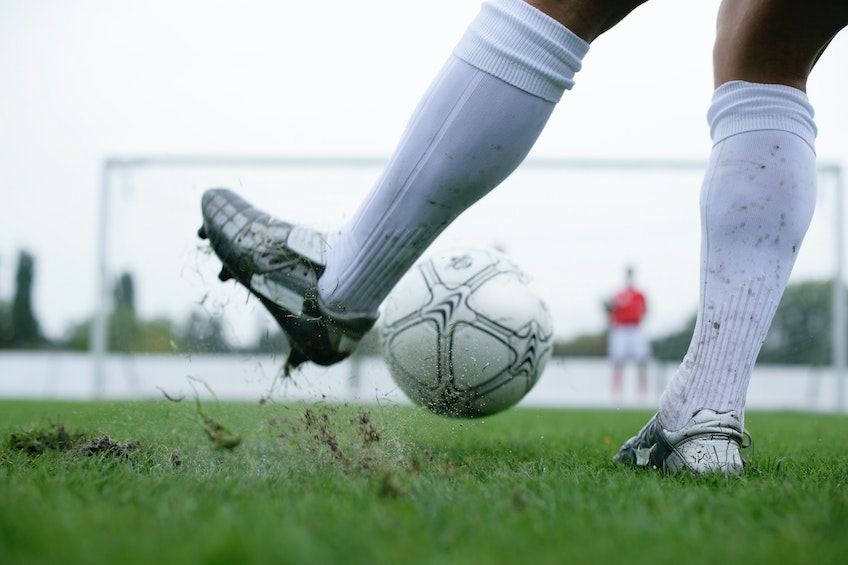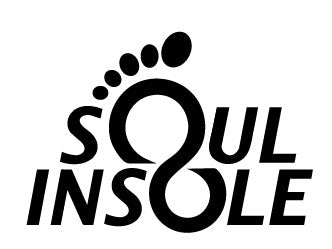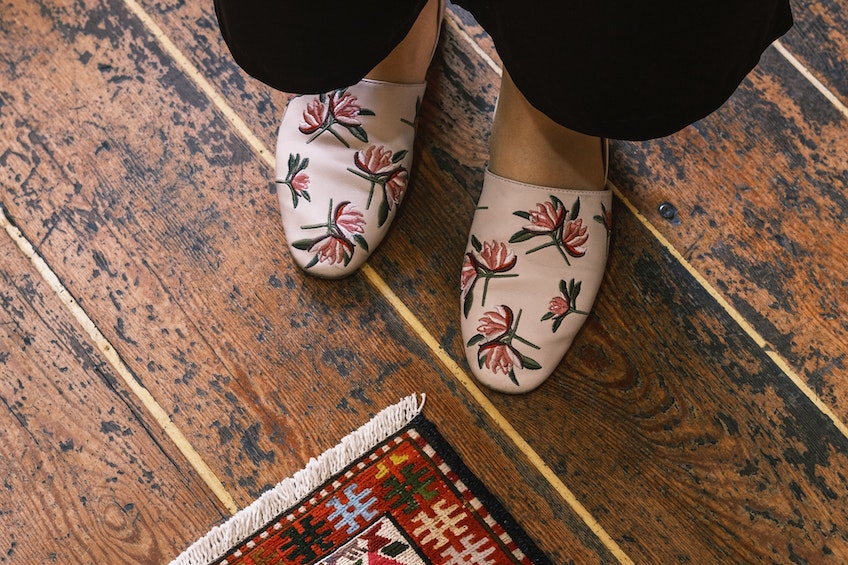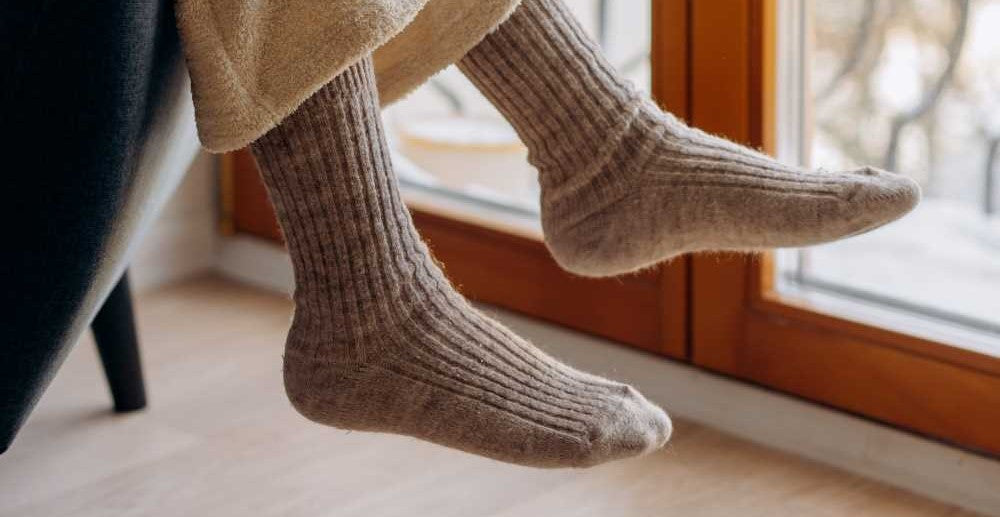
How to Choose the Right Soccer Cleat Insoles for Your Feet
Do you love playing soccer but hate the way your feet feel in cleats or do you notice that you’re having to constantly replace your shoes? If so, then you might need to invest in a good pair of soccer cleat insoles. The insoles are designed to protect your feet from the harsh impacts of the game. They are also made to provide you with extra comfort and support, so you can play your best.
Finding the right insoles for your feet and cleats can be a challenge. There are many different types and brands available, and it can be hard to know which ones will be best for you. Here are a few tips to help you choose the right soccer cleat insoles.
Choosing insoles for soccer cleats
Soccer cleat insoles are an important part of the cleat. They provide support to the foot while playing. When choosing insoles for cleats, there are a few things to consider including the type of insole, the material the insole is made of and the amount of arch support.
The types of cleat insoles available
There are a variety of types of insoles including: Rigid, semi-rigid, soft, full length, partial length, pronation insoles, supination insoles, high arch and low arch.
- Soft Orthotics: These help to provide cushioning and some support. They can be made of a wide array of foam materials. If they are very soft, they could feel great for a couple days, but often the foam will compress very quickly and they soon won’t provide enough support. If they are too thick and cushioned, they can take up too much space in your shoes. So, it’s important to find one that’s the right density cushioning so that you get long lasting cushioning and proper support. Also make sure that they are the right thickness to fit your shoes.
- Semi-rigid Orthotics: These are designed to provide some control of foot motion and some cushioning. They can be made of gel, a more dense foam, or can be a combination of a semi-rigid material layered with foam. They are more easy to tolerate than a hard orthotic while providing more control than a soft orthotic.
- Hard Orthotics: These are designed to provide full motion control to prevent the foot from engaging in movements that cause pain. These are made of plastic or carbon fiber. Some of these types can be smaller in size and fit more easily into cleats without crowding. For more severe over pronation, these are often recommended. Typically these are not recommended for sports and high impact activities such as soccer, football or running because they do not provide impact absorption.
- Pronation insoles help to correct overpronation, which is when the foot rolls inward too much.
- Supination insoles can also be called heel wedges - they are thicker on the outer edge of the heel to neutralize the foot and stop it from rolling to the outside.
Consider the Arch height of the insole
The most common type is the flat insole, which is found in most running shoes. This type of insole provides minimal cushioning and support. Slightly more cushioning and support can be found with the contoured insole, which is designed to fit the shape of the foot. Orthotic insoles are also available, and these provide the most cushioning and support. They are typically used to correct foot problems or injuries.
- High arch feet don’t always need to have the highest arch insoles. First check the bottom of your shoes to see if you wear out the outer corners of the heel edges of your shoes. If this is true - it is a sign of over supination. In this case, find a medium/regular/neutral arch insole and pair it with a heel wedge set for supination.
- High arches that have collapsed tend to need the highest amount of arch support
- Low arched feet can sometimes be more sensitive to support and feel more comfortable with a lower arched insole. It can also be important to see if your low arched feet also over pronate / tilt inward. If this is the case, then it can be important to find an insole that has some arch support and also some posting for over pronation. A heel wedge placed with the thicker edge on the inside edge of the shoes can be paired with a neutral orthotic to help. Or, an orthotic insole with some arch support and posting would be a good choice.
- Regular/normal arch height - insoles made for a normal arch are usual called neutral insoles. They won’t be too low or too high - something made for the average arch height.
Consider the size of the insole
The next consideration is the size of the insole. It is important to get a size that is correct for the foot and the shoes/cleats. Since cleats tend to be slim-fitting, too large of an insole can create discomfort and crowd the shoes. There are options of full length insoles, ¾ length insoles, arch supports/micro-size orthotics, heel cups/heel cushions and heel wedges.
- Full length insoles are designed to replace the existing shoe liner that comes in the shoes. Make sure your shoes have a removable liner if you plan to use a replacement full length shoe orthotic insole.
- ¾ length insoles go from under the heel to under the forefoot - but they drop off before the toes so that the toe area doesn’t become too tight. They can still lift the heel up in the back of the shoes and cause heel slip, but they can also provide nice cushioning and added support.
- Arch supports/micro-size orthotics are designed to give your feet extra support and can help prevent injuries. They don’t take up a bunch of space in the shoes, but they can make a big difference in improving balance and foot alignment.
- Heel cups/ Heel cushions are designed to cushion and support your heels, which can help prevent pain and injuries. They can also help in the case of achilles tendonitis. By raising the heel up slightly, you are shortening the achilles tendon to prevent it from overstretching and tearing and giving it a chance to heal.
- Heel Wedges are designed to stop over supination or overpronation. They are thick on one side and taper to thinner. For over supination, you would want the thicker edge of the heel wedge on the outer edge of the shoes. For overpronation you would place the heel wedge with the thicker edge on the inner side of the shoes. The goal is to help tilt the foot back to a neutral position.
Once you've determined the type of insole you need, you need to find the right size. Soccer insole sizes vary, so be sure to measure your feet before you purchase any insole. To measure your feet, place a ruler or tape measure against the wall and measure the length of your foot from heel to toe. Then, measure the width of your foot at the widest point.
Once you have the measurements of your feet, you can use the sizing charts on the insole's packaging to find the right size for you. Many insoles are defined by the shoe size that they will fit into - so you can also use your shoe size to determine which insole size to order.
Consider the material of the insole
The last consideration is the material of the insole. There are a variety of types of materials that are often used in shoe insoles: foam, gel, cork, plastic, carbon fiber.
- Foam insoles are the most common and are lightweight and provide good cushioning. Unfortunately, they can often be too thick and take up too much space in soccer cleats.
- Gel insoles can also provide good cushioning and support. It can be important to find gel insoles that are small enough to fit into your cleats. Soul Insole has a micro-size gel shoe insole that fits into soccer cleats without taking up space.
- Cork insoles are supportive, but can be a little more stiff than gel or foam.
- Plastic and carbon fiber insoles can be more slim fitting, but they do not offer impact absorption - running on plastic and carbon fiber can increase the amount of shock that goes through the feet and up the body.
Shoe Bubble Pro-lite soccer cleat insoles
If you love playing soccer but hate the foot pain that comes with wearing cleats, check out Shoe Bubble Pro-lite soccer cleat insoles! These biomechanically designed gel insoles gently guide the foot into proper alignment, helping to align the body from ground up by training the feet to walk with proper gait. They create a relaxed, soothing feeling at the arches, heels, ankles, legs and lower back! Give Shoe Bubble Pro-lite orthotics a try today!
The benefits of using soccer cleat insoles
There are many benefits to using soccer cleat insoles. They can help to improve your performance on the field, prevent injuries, and make your cleats more comfortable. Insoles can provide extra cushioning and stability, which can help you to run faster and play better. They can also help to absorb shock and reduce the amount of stress on your feet and ankles. If you are prone to injuries, soccer cleat insoles can provide extra stability, balance and protection. If you are looking to improve performance, insoles are a great option. They are available in a variety of styles and can be customized to fit your needs.
Finding the right soccer insole for your feet may seem daunting, but it doesn't have to be. Once you've selected the right type and size of insole, it's time to try them on. Be sure to wear the same type of socks you'll be wearing when you play soccer. If the insole feels too tight or constricting, it's not the right insole for you. The insole should feel comfortable and supportive.
If you're still not sure which insole is right for you, ask a professional at your local sporting goods store for help. They'll be able to help you select the right insole for your needs and ensure that you're getting the best possible support for your feet. Take your time and do your research. Hopefully, this guide has helped you on your quest to find the right soccer cleat insoles for your unique feet!



